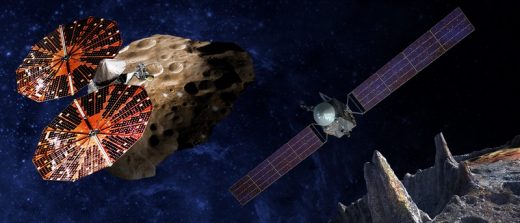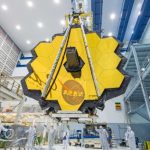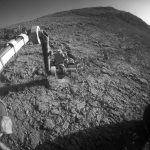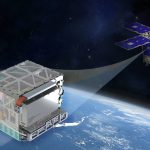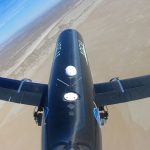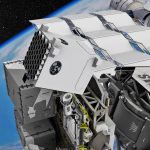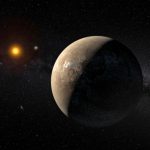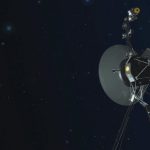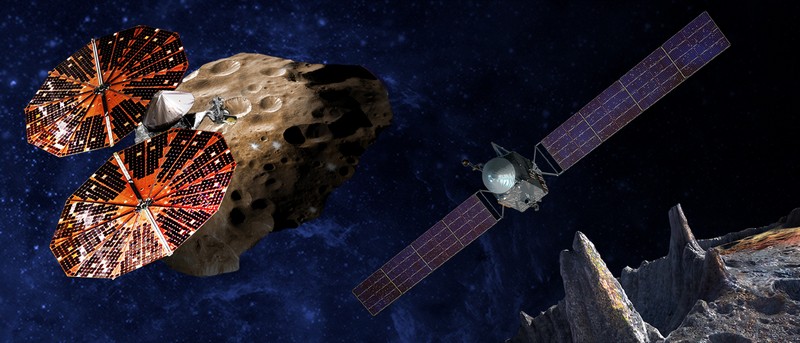NASA Announced Plans For Two New Missions With The Goal To Study Asteroids In Our Solar System
NASA Announced Plans For Two New Missions With The Goal To Study Asteroids In Our Solar System
NASA announced two new science missions with the goal of finding out more about asteroids residing in our Solar System. The mission will visit eight asteroids from 2025 to 2033.
Both missions include sending robotic probes to asteroids in order to find out more about the giant rocks floating in the depths of space. The first mission, called Lucy, is set to launch in October 2021. The robotic probe named Lucy will travel to the asteroid belt located between orbits of Mars and Jupiter, and should arrive at its destination by 2025.

Lucy will visit six Jupiter Trojan asteroids – asteroids trapped by the gravity of Jupiter, sharing the planet’s orbit – between 2027 and 2033. There are two swarms of Trojan asteroids; one is leading and the other is trailing the largest planet in our Solar System while it orbits the sun. Trojan asteroids are dark bodies pulled by Jupiter’s gravity, and they are believed to be relics of an earlier era of Solar System, an era when planets still formed, facing daily asteroid impacts. Harold Levison, Planetary scientist at the Southwest Research Institute and principal investigator of the Lucy mission, explained that these asteroids are fossils, relics of planetary formation. These bodies contain the same materials that have existed during the early days of the Solar System, some are believed to contain organic molecules, the same molecules from which life on Earth was made possible.
The second mission, called Psyche, will launch in October 2023 and will travel to a mysterious object located in the asteroid belt; a giant metallic asteroid called 16 Psyche. The asteroid is interesting because most asteroids are made out of ice and rocks, while the 16 Psyche is believed to be made out of iron and nickel, similar to the core of our planet.
Scientists at NASA believe that there’s a chance that the 16 Psyche is actually a stripped metallic core of a planetary object that could’ve been as large as Mars. The object could have lost its rocky outer shell because of large, violent impacts that occurred in the past. The probe will travel for seven years before reaching the metallic asteroid in 2030 in order to study it and help scientists to understand how planets and other cosmic bodies are separated into different layers (the core, mantle, and crust) during early days of the Solar System.
Jim Green, planetary science director at NASA, stated that “These are true missions of discovery that integrate into NASA’s larger strategy of investigating how the solar system formed and evolved.”
The post NASA Announced Plans For Two New Missions With The Goal To Study Asteroids In Our Solar System appeared first on MobiPicker.
(35)

